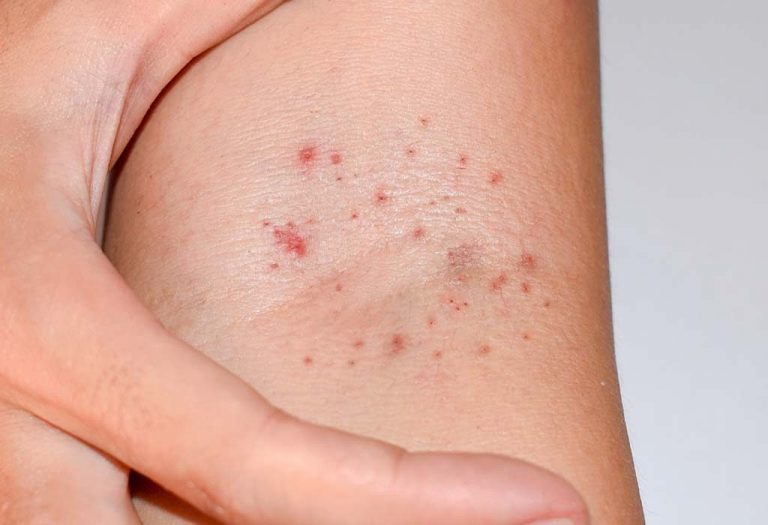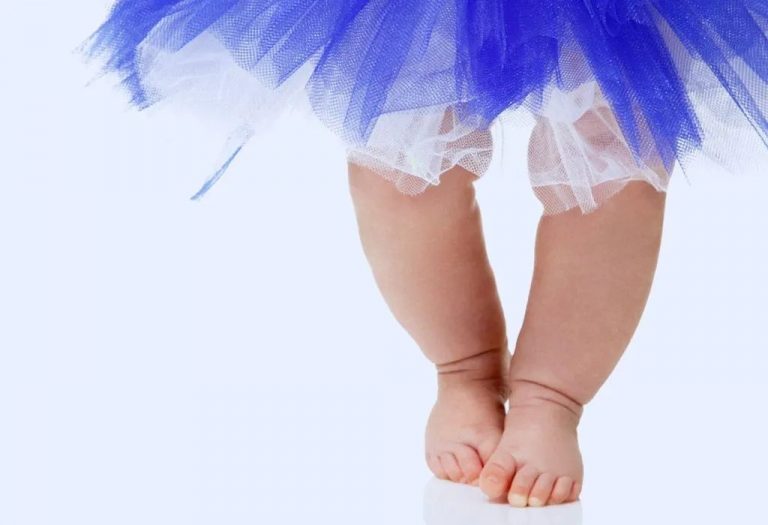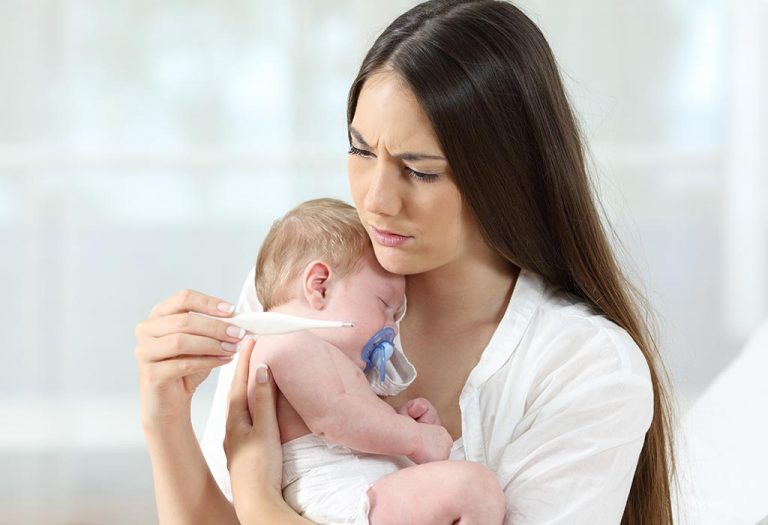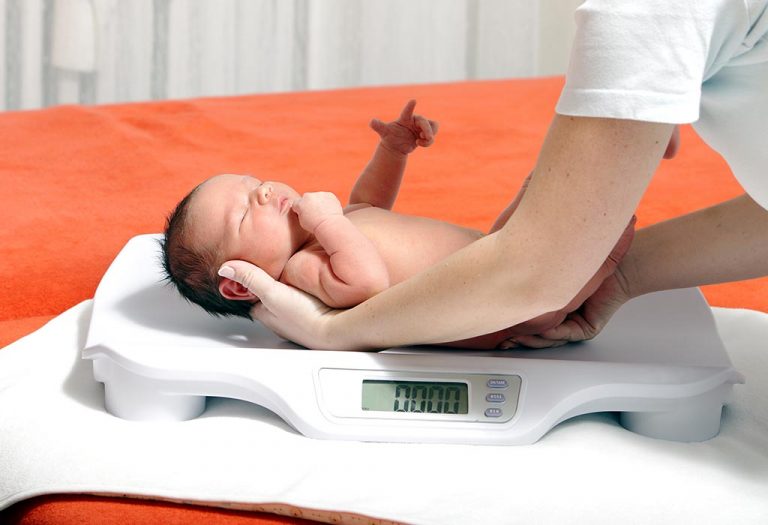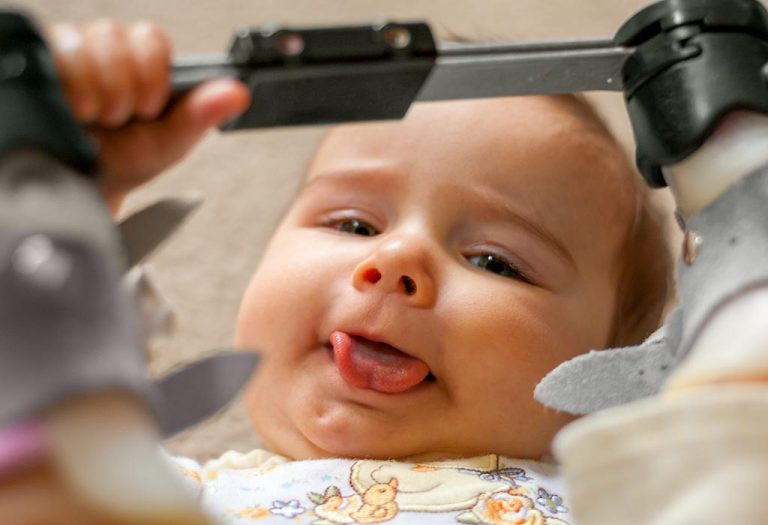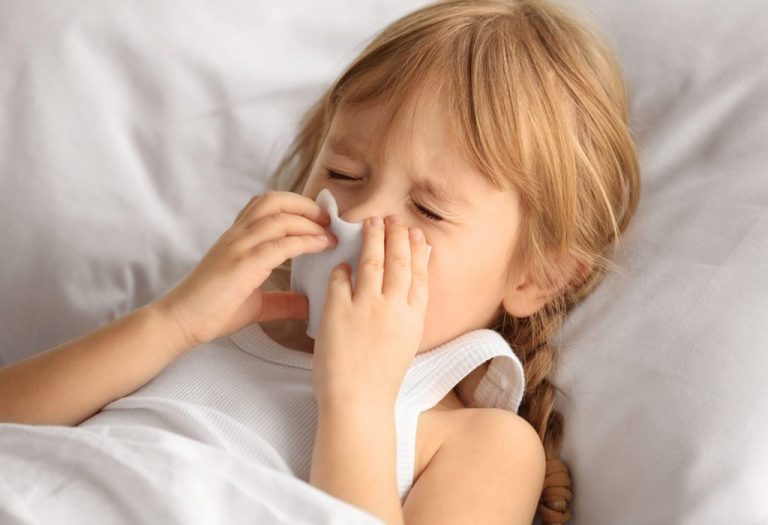Petechiae In Babies – Causes, Signs and Treatment
Babies have soft, delicate, and almost clear skin. Sometimes, babies may develop certain kinds of skin conditions, and one such condition is petechiae. Petechiae are small red bumps that usually appear on babies’ skin or mucus membranes. While petechiae are typically harmless, they can sometimes signal more serious underlying issues, from infections to clotting disorders. Symptoms may vary in severity and include numerous spots, changes in colour, or associated signs like fever or lethargy. Find out more about this skin condition in babies, how it happens, its various symptoms, how it is treated, and various other aspects related to petechiae in newborns in the following article!
What Is Petechiae?
Petechiae is a skin condition that is characterised by flat, tiny, pinpoint red spots that are usually less than 1 to 2 millimetres in diameter. These spots are usually not a cause of great concern; however, sometimes these spots could result because of some mild or severe health condition. In such cases, it is important that early medical assistance is sought. Sometimes, these spots become bigger, increase in number, and do not disappear even when the skin is stretched; this may happen because of some underlying health condition (1).
Causes of Petechiae in Infants
Petechiae in infants can arise from various causes, from benign to more serious medical conditions. Here are some common causes or reasons for petechiae in babies (3):
- Possible meningitis, severe infections such as dengue, collagen-related diseases, etc. can be the probable cause of these bumps on the skin.
- Sometimes vomiting or cough may also lead to this condition in babies.
- Sometimes a certain phenomenon that results from inflammation to cutaneous vessels, also known as vasculitis or certain coagulation diseases such as Von Willebrand’s disease, etc. can also cause this condition (4).
- Various kinds of skin allergies, such as atopic dermatitis, may cause this condition.
- Administering certain medicines such as quinine, penicillin, Cerebyx, etc. may result in this skin condition.
- At times certain deficiencies such as Vitamin K deficiency may cause petechiae on the baby’s face and body.
Symptoms of Petechiae in Babies
It’s important to recognise the signs of petechiae in baby, as they can sometimes indicate underlying health issues. Here are some symptoms and signs of petechiae in babies (5):
- The baby may develop a rash.
- The baby may pass dark-coloured urine.
- The baby may experience trouble breathing.
- The baby may cry incessantly.
- The baby may have a fever without any evident reason, and the baby’s hands, feet, and legs may appear cold.
- The baby may appear sleepy or drowsy.
How to Diagnose Petechiae in Babies?
Petechiae spots are usually recognisable due to their small size and red or purple colour. To confirm, the doctor may perform a glass test or pressure test, where they press a glass against the spots. If the spots do not become colourless (pale) under pressure, this helps confirm that they are petechiae.
The doctor may also order various tests, including blood tests, urine tests, throat swabs, imaging tests like X-rays, or even a lumbar puncture, to determine the cause of the petechiae. A thorough medical history and physical examination are essential for identifying any underlying causes, as this information can guide further testing and treatment (2).
Treatment Options for Infantile Petechiae
The treatment of this skin condition will vary on the severity and underlying condition that may be causing it. Here are some treatment options that your doctor may suggest (6) (7):
- If the condition is a result of some kind of bacterial infection, the doctor may recommend a course of antibiotic medicines.
- If the skin condition is because of coagulation disease, the doctor may suggest anticoagulant medicines.
- If petechiae have any kind of connection with purpura fulminans, immediate medical help should be sought and the doctor can start a course of antibiotics medicines at once.
- In cases where this skin condition results from small trauma, the bumps will subside on their own. However, using cold compression may help in speeding the healing process.
If there are no evident signs of any underlying health condition, these spots usually fade away on their own. However, it will be a good idea to still get your doctor’s consultation to rule out any underlying medical condition. Sometimes delays in getting treatment may cause fatal complications in babies.
Whatever treatment plan your doctor suggests, make sure you follow it, and the condition will get better without any scars. However, any changes in the condition should be reported to the doctor at the earliest.
How to Prevent Petechiae in Babies?
Petechiae can occur with or without some underlying condition. Here are some ways of preventing petechiae in toddlers and babies:
- Getting your child vaccinated for specific diseases may protect the child from petechiae occurring from those particular diseases. However, there is no vaccine available that will prevent this skin condition from resulting from any kind of ailment that can cause petechiae.
- Sometimes petechiae that occur due to ailments that result from certain deficiencies, such as scurvy, including foods rich in vitamin C (if your baby is old enough to consume solids or your doctor suggests so) can help in keeping this ailment at bay.
- If you send your baby to a daycare centre or he spends time with a nanny, make sure the people who take care of your baby are trustworthy. This is to avoid any instances of physical abuse that may lead to petechiae in newborn babies and toddlers.
Petechiae in itself is not something that should not become any cause of serious concern because in most cases, petechial baby rash and other symptoms associated with it, subside on their own. However, parents should be watchful about the symptoms that occur because of an underlying health ailment. Sometimes neonatal petechiae or petechiae in babies could lead to complications.
When to See a Doctor?
You should seek immediate medical help or assistance if you notice any of the following symptoms in your baby (5):
- If your baby’s pulse rate is abnormal or comparatively high.
- If you register or find some unexplained bruises on your baby’s skin.
- If your baby develops a fever, which is 104 degrees or more.
- If you notice your baby is very tired or lethargic.
- If you notice the bumps or spots on your baby’s skin are increasing in number or size.
These are some of the signs for which you should consult your doctor as soon as possible. Your doctor will make the diagnosis to check the reason for these bumps. He/she may conduct a clinical examination, blood tests, lumbar puncture, etc. according to the suspected underlying condition. Once the correct diagnosis is made, your doctor will advise you a course of treatment that should be followed strictly to effectively manage the condition.
FAQs
1. Are petechiae in babies always a sign of a serious condition?
Not necessarily. While petechiae can indicate serious health issues, such as infections or bleeding disorders, they can also be benign and related to minor trauma or viral illnesses.
2. How long do petechiae usually last in babies?
Petechiae can last from a few days to a couple of weeks, depending on the cause. If they result from a viral infection, they may fade as the infection resolves.
3. Can petechiae occur after vaccinations?
Yes, petechiae can sometimes occur after vaccinations, especially those that involve live viruses. This is usually mild and resolves on its own. However, any unusual or persistent symptoms following vaccination should be discussed with a doctor.
4. Do petechiae require any special care at home?
Generally, petechiae don’t require specific home care unless there are other symptoms. Keeping the baby comfortable, monitoring for changes, and ensuring proper hydration are helpful.
If you notice any of the above-mentioned signs or symptoms of petechiae in your baby, it is recommended that you seek your doctor’s advice. Doing so at the earliest can help you avoid any health complications in your baby.
References/Resources:
1. McGrath. A, Barrett. M. J; Petechiae; National Library of Medicine; https://www.ncbi.nlm.nih.gov/books/NBK482331/
2. Non blanching (petechial rash) Information for Parents; Manchester University NHS Foundation Trust; https://mft.nhs.uk/app/uploads/sites/10/2018/05/Non-blanching-rash.pdf
3. Hernández. A; Petechiae; Elsevier; https://www.osmosis.org/answers/petechiae
4. Vasculitis; NHS; https://www.nhs.uk/conditions/vasculitis/
5. Care of a child with a Petechial Rash; Alder Hey Children’s NHS Foundation Trust; https://www.alderhey.nhs.uk/conditions/patient-information-leaflets/care-of-a-child-with-a-petechial-rash/
6. Mathew. A; Petechiae: What Are They, Causes, Treatment & Prevention; Narayana Hrudayalaya; https://www.narayanahealth.org/blog/petechiae-what-are-they-causes-treatment-and-prevention
7. Petechiae: Causes, Treatment & When to See a Doctor; MyVision.org; https://myvision.org/eye-conditions/petechiae/
Also Read:
Rash on Infant’s Face
Dry Skin in Infants
Milia in Newborn and Babies
Mongolian Spots in Newborn Baby
Was This Article Helpful?
Parenting is a huge responsibility, for you as a caregiver, but also for us as a parenting content platform. We understand that and take our responsibility of creating credible content seriously. FirstCry Parenting articles are written and published only after extensive research using factually sound references to deliver quality content that is accurate, validated by experts, and completely reliable. To understand how we go about creating content that is credible, read our editorial policy here.





